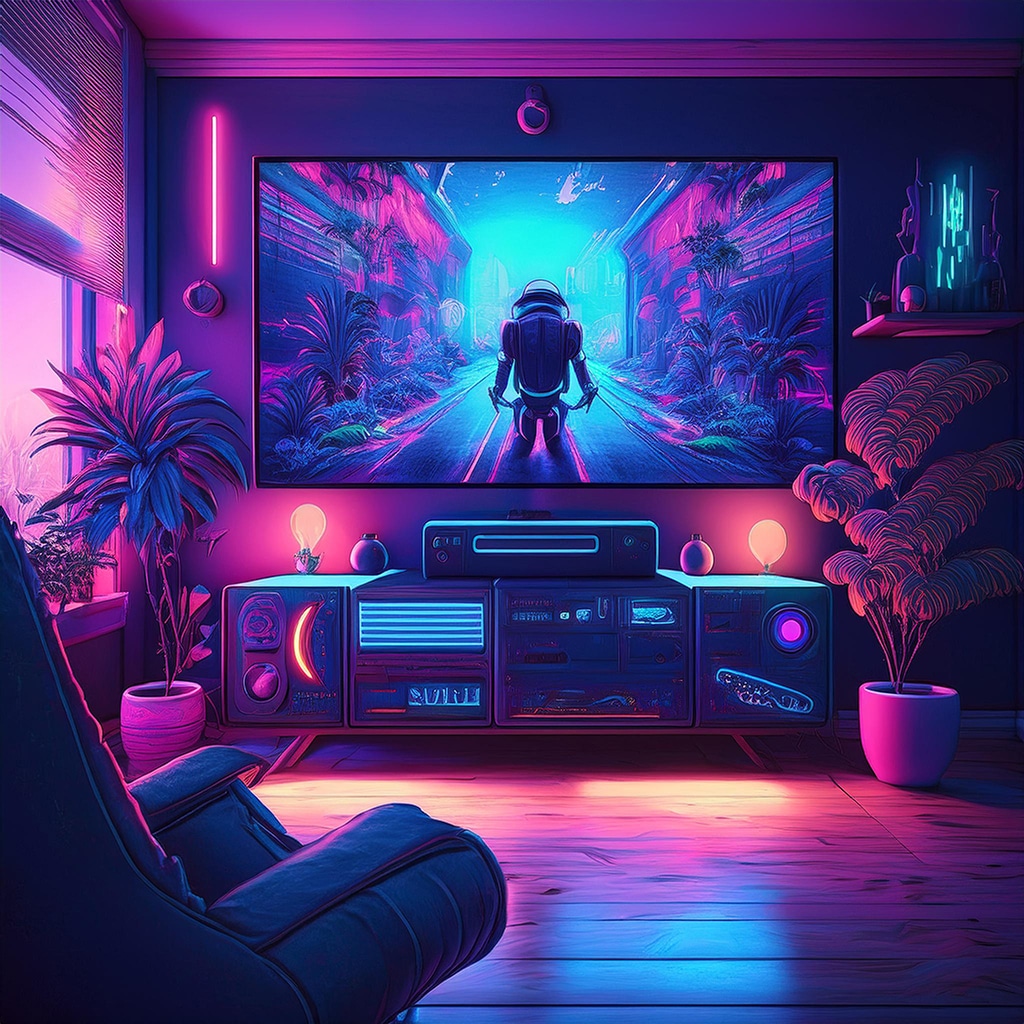Tutorial levels are the gateway to your game. They serve as the first impression and a criticalonboarding experience for players, offering a structured way to learn the mechanics, rules, and core gameplay. Nail your tutorial design, and you’ll hook players. Fail to do so, and your game might end up abandoned before it even begins.
This guide explores everything game developers need to know about crafting engaging and intuitive tutorial levels. From understanding your audience to implementing engaging learning mechanics, we’ll cover essential principles to ensure your tutorial captures your players and sets them up for success.
Why Tutorial Levels Matter
Tutorial levels are more than simple introductions—they are your chance to establish trust and provide a clear path to mastering gameplay. Here’s why tutorials are such a crucial part of game development:
● Immediate engagement: A well-made tutorial captures attention and makes a strong first impression, convincing players that your game is worth their time.
● Interaction over instruction: Tutorials provide hands-on demonstrations of mechanics rather than overwhelming players with walls of text or lengthy manuals.
● Retention rates: Effective tutorials increase player retention. When tutorials are
intuitive, players are more likely to stay engaged and explore your game further.
But what makes a tutorial truly stand out? It starts with understanding your players.
Know Your Players and Learning Styles
Who Are Your Players?
Different audiences require different tutorial designs. Beginners may need extra guidance, while seasoned gamers appreciate tutorials that get straight to the point. Knowing your target audience helps shape how your tutorial is structured.
For example:
● Casual players: Introduce core mechanics slowly and in digestible chunks.
● Hardcore gamers: Focus on depth, advanced tactics, or high-stakes scenarios early on.
● Younger audiences: Use clear visual cues and animations to keep things simple and understandable.
Learning Styles in Tutorials
People process information in different ways. Effective tutorials account for multiple learning styles:
● Visual learners: Include diagrams, color-coded cues, or animations. For example, glowing outlines highlighting a button or platform can signal where to go next.
● Tactile learners: Enable hands-on practice, such as offering a low-risk environment for players to experiment.
● Auditory learners: Use sound effects or voiceovers to reinforce actions and their
associated benefits.
By addressing these varied learning styles, your tutorial ensures broader appeal and
accessibility.
Core Principles for Designing Engaging Tutorial Levels
With your audience in mind, you’re ready to start designing your tutorial. Below are six fundamental principles to consider:
1. Integrate Tutorials Into the Gameplay
The best tutorials don’t feel like tutorials at all. Avoid taking players out of the experience with intrusive pop-ups or lengthy instructions. Instead, blend teaching into the natural flow of the game. For example:
● Use an early objective that introduces movement and basic mechanics, such as jumping or interacting with objects.
● Implement NPCs or story-driven dialogue to deliver instructions in an organic way.
Example: “The Legend of Zelda: Breath of the Wild” introduces core mechanics by embedding them into exploration and discovery rather than isolating learning in a separate area.
2. Practice Through Play
Your tutorial should give players the opportunity to learn by doing—not reading. Instead of spelling out every detail, encourage experimentation. Create low-stakes environments where failure isn’t punishing. This approach:
● Builds confidence and reduces frustration.
● Reinforces learning through repetition and trial.
Pro Tip: Layer complexity gradually. Start by teaching simpler mechanics before progressing to advanced features.
3. Provide Instant Feedback
Players should know immediately if they’ve done something right—or wrong. Feedback includes:
● Visual Indicators: Flashing screens or particle effects when objectives are achieved.
● Audio Signals: Positive sound effects for success or subtle tones that signal errors.
Timing is critical. Feedback that’s delayed by even a few seconds can disrupt the learning process.
4. Keep It Short and Sweet
Nobody purchases a game to only play the tutorial. While tutorials are essential, they need to remain concise. Players tend to skip overly lengthy or redundant instructions. Ensure your tutorial:
● Covers necessary information and avoids non-essential details.
● Demonstrates features players will need immediately (save intricate mechanics for later).
Pitfall to Avoid: Introducing every mechanic at once. Instead, spread mechanics out over early levels to avoid overwhelming players.
5. Cater to Different Skill Levels
For players that want to jump headfirst into the action, offer an option to skip or significantly shorten the tutorial. On the flip side, provide additional guidance or replay options for those who need extra help.
Dynamic Hints Idea: Allow tutorials to adjust dynamically depending on player performance. If someone fails repeatedly, provide tips, but if they breeze through, keep the instructions minimal.
6. Engage with Storytelling
A strong narrative can make your tutorial more interesting and immersive. Use storytelling elements like dialogue, setting, and visuals to tie the tutorial into your game’s overarching theme.
Example: The early levels of “Portal” serve as both an introductory tutorial and an engaging part of the story, as players learn about portals through clever environmental design and narration.
Best Practices in Action: Case Studies
“Celeste”
“Celeste” has been celebrated for how organically it teaches players it’s mechanics. The game gradually introduces movement and climbing through cleverly designed levels, allowing players to learn without a single word of instruction.
“Apex Legends”
“Apex Legends” uses a combination of interactive NPCs and controlled environments to introduce new players to its mechanics while allowing more experienced players to skip the tutorial entirely.
“Dark Souls”
The “Dark Souls” series provides an interesting take by embedding tutorials into the
environment. Players must actively seek out clues to learn the game, offering a highly
immersive experience.
Testing and Iteration
Even the best-designed tutorials can benefit from player feedback. Test your tutorial level with real players, ideally those from your target audience, and monitor:
● Where they get stuck.
● Whether they feel overwhelmed or bored.
● Questions they have after completing the tutorial.
Use this feedback to iterate and refine your tutorial. Testing will help you strike the right balance between informative and engaging.
Build Tutorials That Hook and Teach
Crafting an engaging tutorial is as much about understanding your players as it is about the mechanics of gameplay. A strong tutorial doesn’t just set the stage for your game—it ensures players stick around to enjoy everything else you’ve built.


